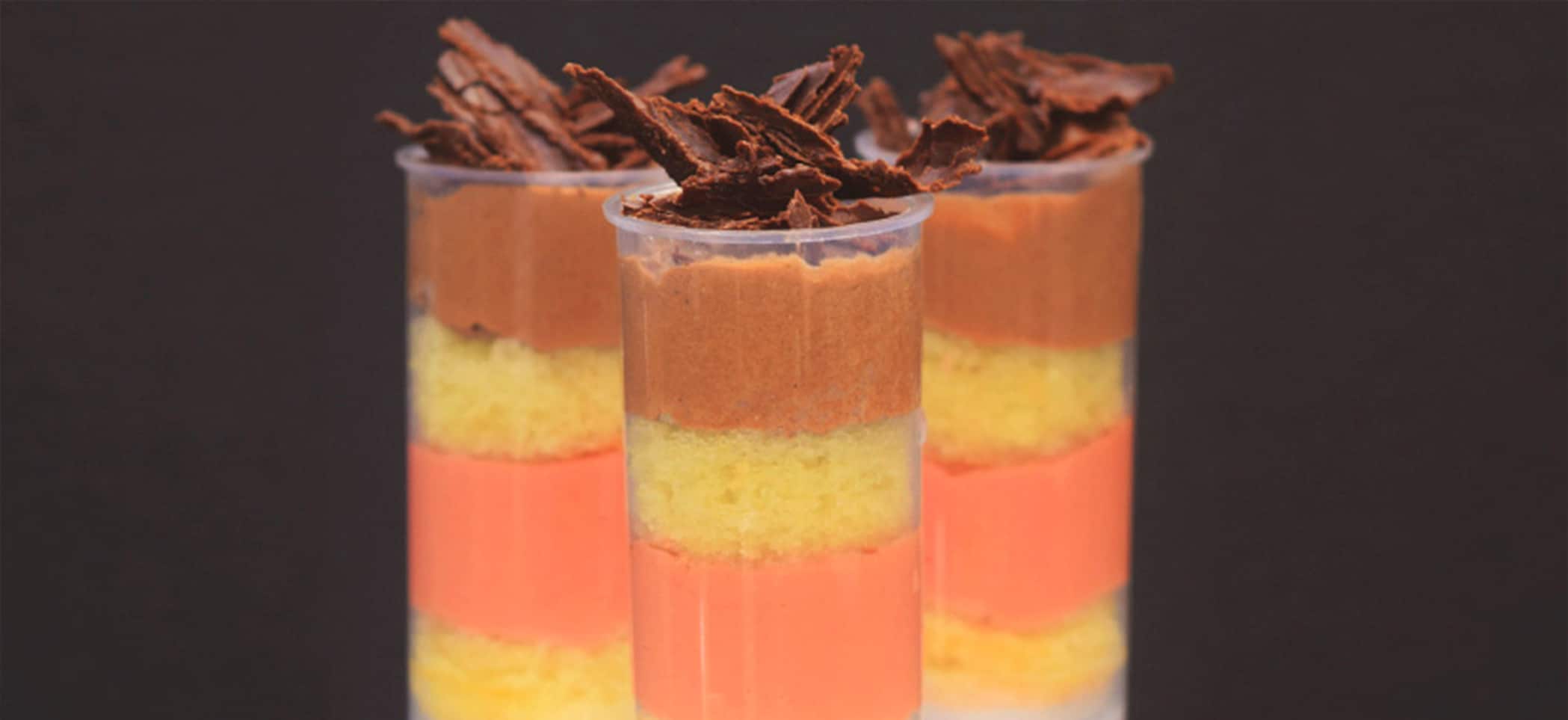Eggs and egg whites can be whipped into a foam for aeration and to improve product texture and appearance. Egg products’ whippability plays a role in baking and frozen desserts such as ice cream, in addition to certain confections. The various types of egg products display varying levels of whippability, with differences between egg white, whole egg and egg yolk. Dried eggs also perform in a different manner than liquid or frozen in terms of whippability.1
Pasteurization, a process applied to all further processed egg products, does not impact whippability.2 Egg white for example is very stable in a dried state and its whipping properties remain unaffected unless excessively high temperatures are applied. However the whipping properties of egg products containing yolk do witness a loss in efficacy when in dried form, so refrigerated and frozen are recommended for certain applications.
In angel food cake, egg whites comprise the sole egg ingredient. Dried egg white solids if chosen for application often are reconstituted prior to use. Proper mixing procedures help maximize foam volume. In commercial practice, egg white solids perform well with continuous batter mixing systems.3 When whipped, the proteins within the egg white unfold or denature to form a relatively stable foam structure useful in angel food cake, as well as sponge cake, certain confections and other baking applications.
Whippability has a bit of a different meaning when it comes to ice cream. Whippability refers to the whipping quality of the ice cream mixture itself. The proper emulsifier, such as egg yolk, results in reduced air cell sizes and a homogeneous distribution of air in the ice cream. The lecithin-protein complex in egg yolk solids improves the whippability of ice cream, also lending it a more dry appearance, smoother body and texture and a slower meltdown.4 One reference indicates eggs have a pronounced effect in improving the body and texture, have almost no effect on the freezing point and increase the viscosity—all positive benefits in terms of ice cream manufacture.5
There are mix calculations that help formulate ice cream and frozen dairy desserts, to determine the percentage required of the various ingredients.6 Egg yolk solids are especially desirable in mixes in which butter or buttermilk is used as a main source of fat. Egg yolks or whole eggs improve the rate of whipping more if they are sweetened with 10 percent sugar or corn syrup before they are frozen or dried.
Ice cream, according to the U.S. Code of Federal Regulations (CFR) can be called custard or “French” if the egg yolk content is at least 1.4%.7
References
1. Stadelmen WJ and Cotterill OJ. (1995). Egg Science and Technology, Fourth Edition, Haworth Press, Inc., New York, USA
2. Belitz H, Grosch W, Shieberle P. (2009). Food Chemistry, 4th revised and extended Edition, Springer Berling Heidelberg
3. Pyler EJ and Gorton LA. (2010). Baking Science & Technology, Fourth Edition, Volume 1, Sosland Publishing Co., Kansas City, Missouri, USA
4. Campbell J, Marshall R. (2016). Dairy Production and Processing: The Science of Milk and Milk Products, Waveland Press, Inc., Long Grove, Illinois, USA
5. Marshall R and Arbuckle WS, (2000) Ice Cream, Fourth Edition, Aspen Publishers, Inc., Gaithersburg, Maryland, USA
6. https://www.uoguelph.ca/foodscience/book-page/mix-calculations-ice-cream-and-frozen-dairy-desserts
7. http://www.milkfacts.info/Milk%20Processing/Ice%20Cream%20Production.htm

